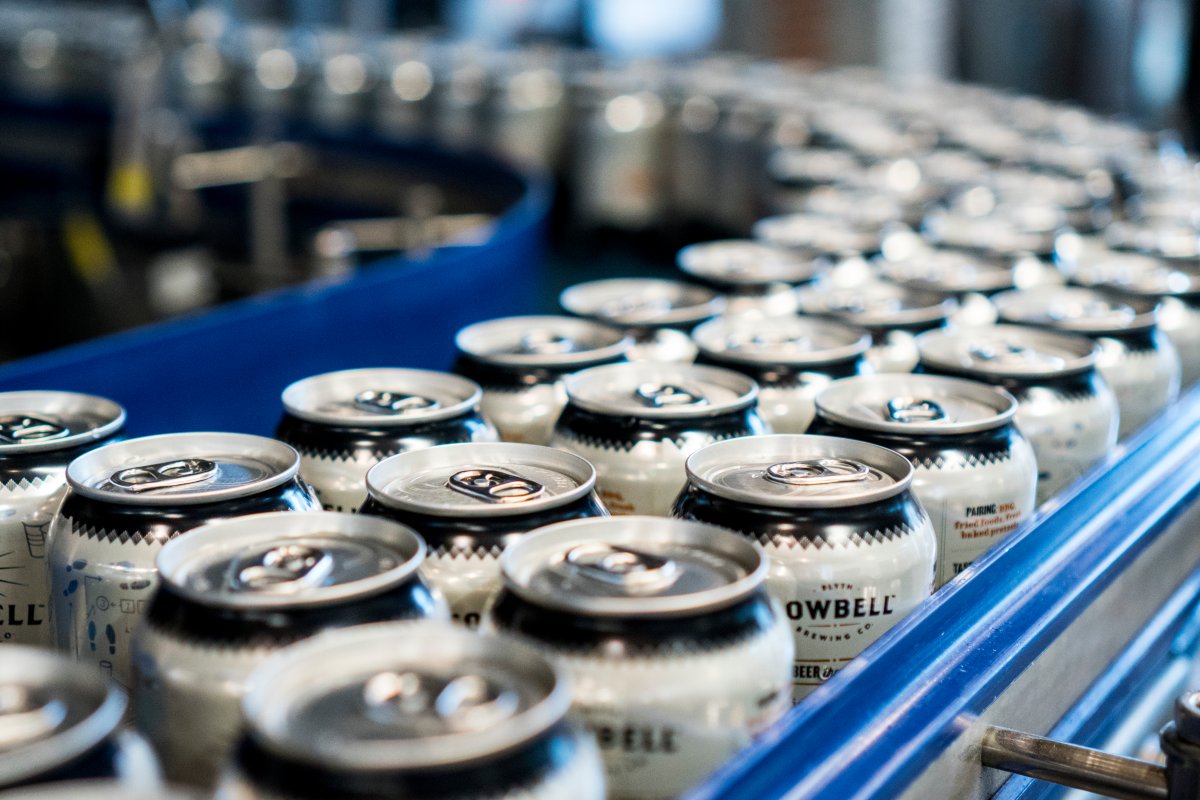The craft beer scene in Canada is bigger than it’s ever been and it shows no signs of slowing down. There were nearly 800 breweries across the nation in 2017, which is more than double the number of breweries in 2012.

In Ontario alone, there are over 270 breweries which is a 20 per cent growth year over year, the Ontario Craft Brewers trade association notes.
Cowbell Brewing in Blyth, Ont. is one of the newer breweries on the scene. But in one short year has become a leader in technology, environmental best practices and community engagement. In partnership with them, we describe what craft beer is and chart the rise of one of Canada’s most-loved beverages.
What makes a craft beer?
It used to be that the size of the batch, aptly called small-batch brewing, was the thing that dictated whether or not a beer was “craft.”
Today, it has less to do with size and more to do with ownership. Joe Roma from Ontario Craft Brewers says the “craft” part of craft beer was often also associated with the quality of the batch, the care of the ingredients used and the innovation involved in the process of brewing.
While that’s still true for many craft breweries, Grant Sparling, Chief Development Officer at Cowbell Brewing, explains that the designation is given to breweries that maintain their independence instead of being purchased by a larger beer conglomerate.
“There are some massive breweries in the United States that are considered craft breweries but are larger than all of the craft breweries in Canada combined.”
He adds that some of the larger beer companies have bought craft breweries, but have maintained their small-batch beer and recipes.
The rise of the craft-brewing scene

Get breaking National news
A consumer’s want for more unique, authentic experiences is the key to craft beer’s success, Sparling notes.
Craft beer allows for constant innovation, new recipes and experimentation with different flavours. Because of this, drinking craft has become more of a social activity. Most craft breweries have a restaurant or tasting room attached to them, allowing friends to connect over food and tasty brew.
Since these breweries are also creating beer on a much smaller scale, it’s much easier to keep the consumer in mind throughout the entire process.
“Craft brewers are nimble businesses, able to react to these changes and develop tastes and flavours that consumers ask about.”
The community-first approach many breweries take has also made an impact. These local companies are able to maintain a pulse on the community, allowing brands to constantly deliver product and initiatives consumers actually care about.
Well before Cowbell opened its doors, Sparling connected with the town of Blyth, giving them a peek into what was to come and what Cowbell promised to add to the community.
They have also been active in their philanthropic endeavours, donating five cents of every can sold to the four children’s hospitals in Ontario through the company’s own Greener Pastures Community Fund. Cowbell Brewing has donated over $150,000 to the cause since they began selling beer in May 2016.
Have we reached peak beer?
Numerous researchers argue that the craft beer market is becoming too saturated.
“The data would show that we are actually starting to achieve or reach peak beer, or market saturation,” Larry Plummer, an assistant professor of entrepreneurship at Western University’s Ivey Business School tells CBC.
He’s one of many others who think the growth we’ve seen in Canada is not sustainable with some saying that “there’s only so much beer the market can absorb.”
But Sparling says Cowbell Brewing has enough bubble to stay afloat. In addition to their charity initiatives, they’ve implemented an energy-efficient way of brewing that sets them apart from the competition.
“Brewing as a whole is very inefficient, especially when it comes to water,” Sparling explains. “The average craft brewery consumes 10 to 12 litres of water, just to make one litre of beer. We are currently brewing at a 5:1 ratio with a goal of 4:1.”
To combat this, Cowbell Brewing uses a closed-loop brewing system, meaning, “all of the water is sourced from a well on-site and all of the waste water is treated on-site.”
It’s just one of the things other breweries can do to stay relevant and keep craft-beer drinkers happy.
Visit Cowbell Brewing’s destination craft brewery to learn more about their environmental practices, beer portfolio and their Greener Pastures Community Fund.



